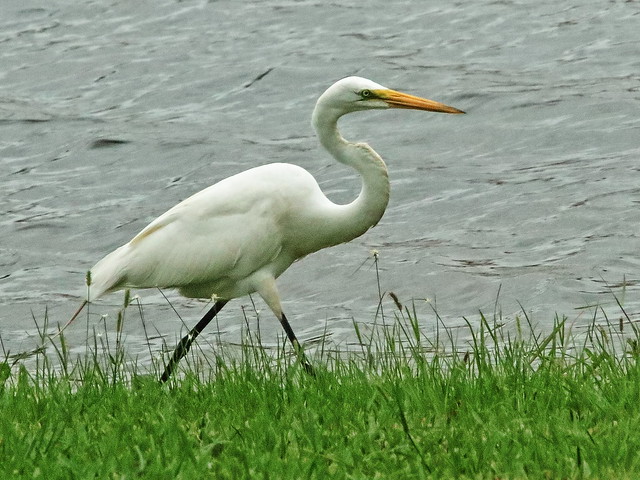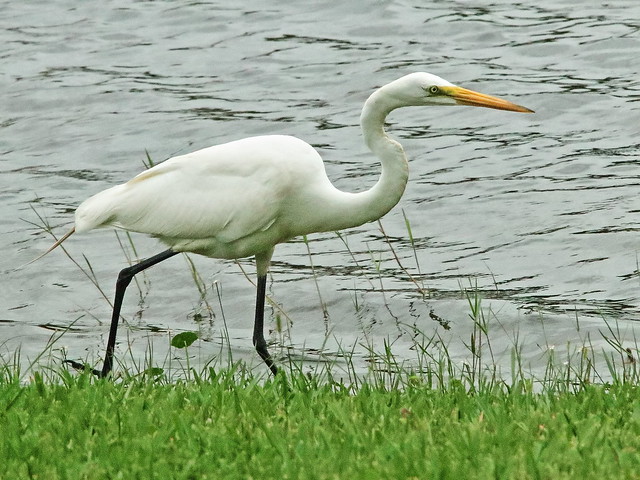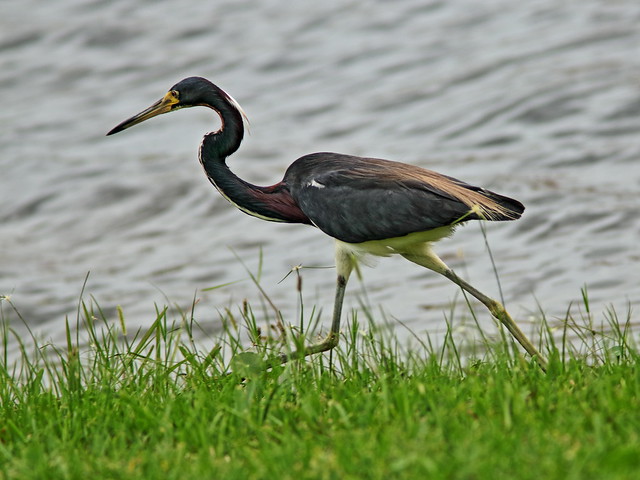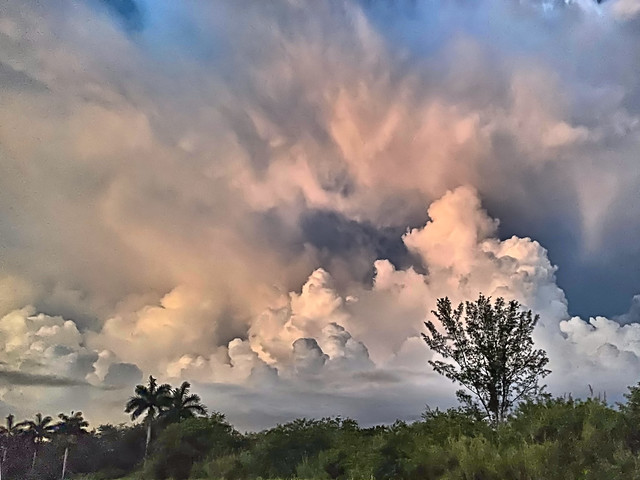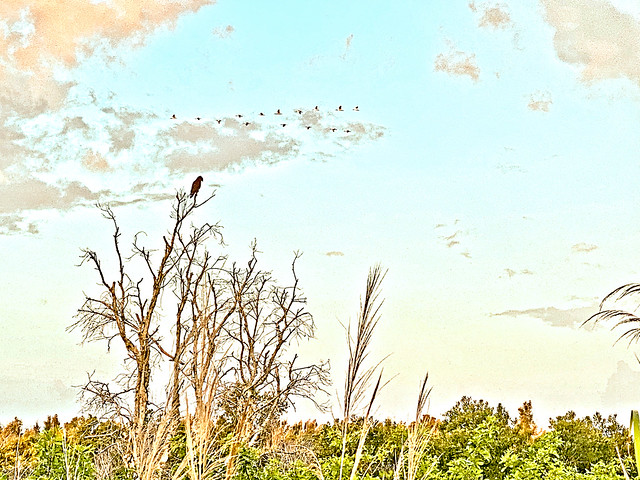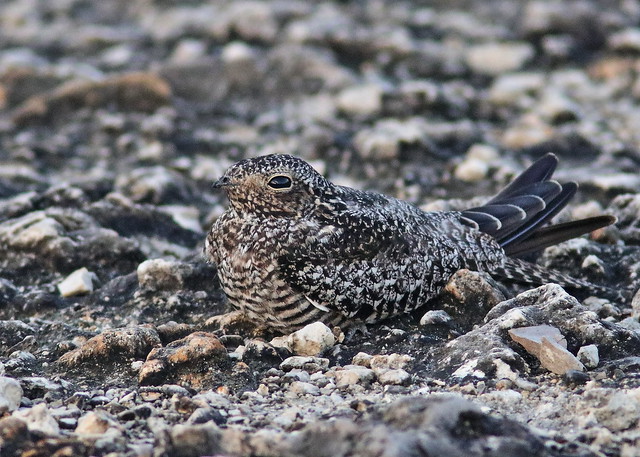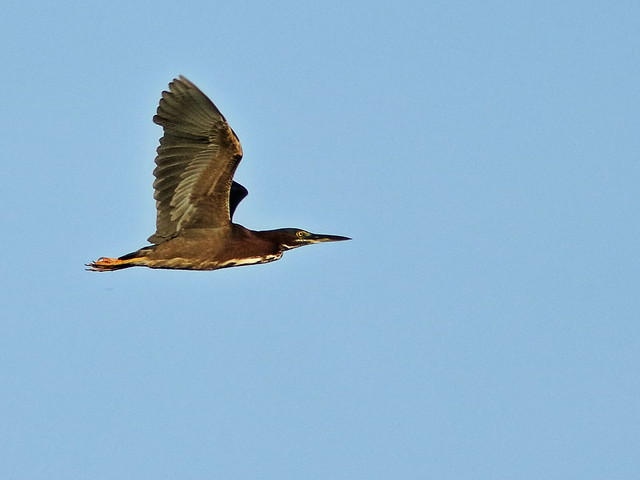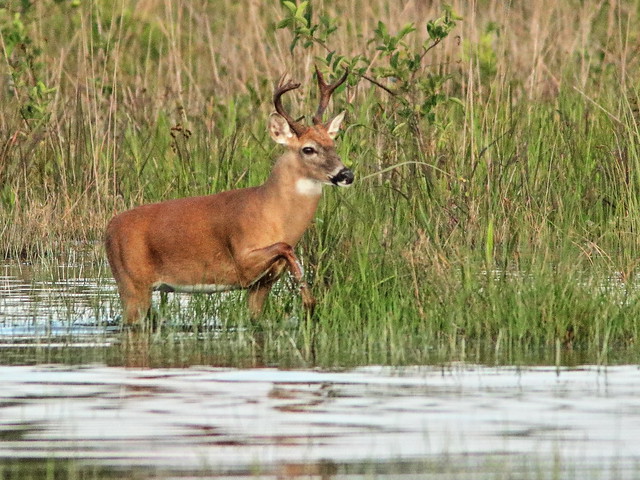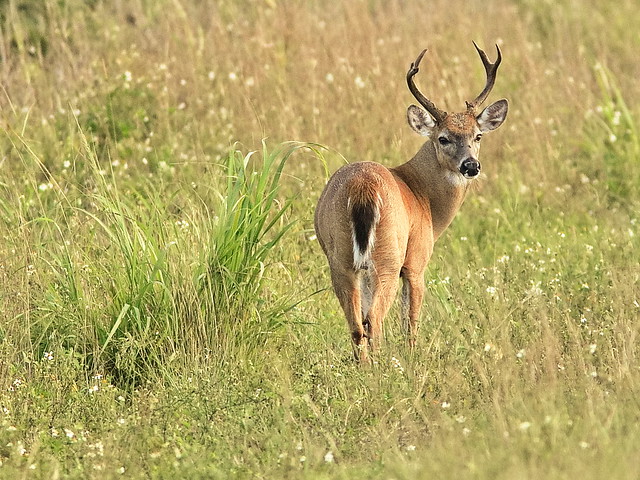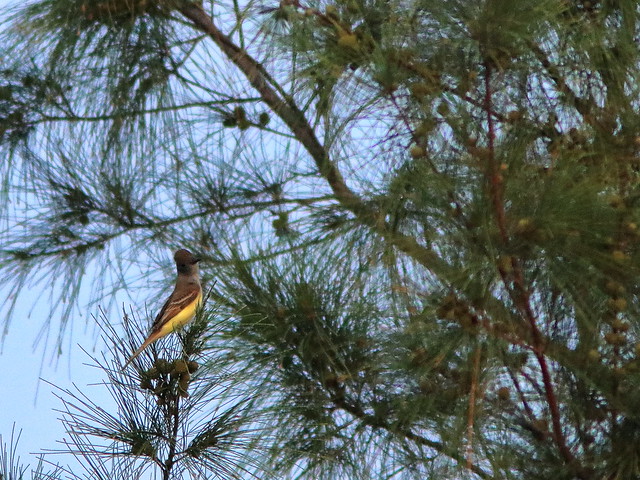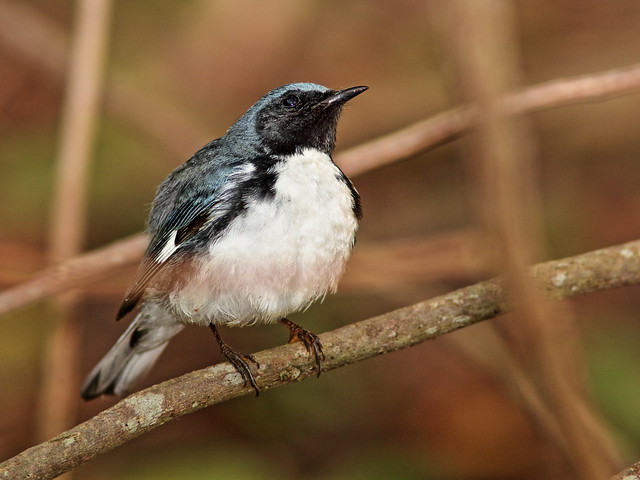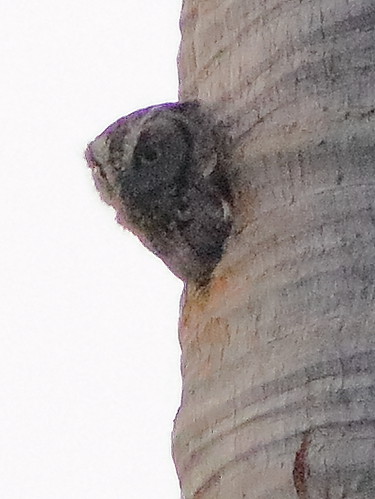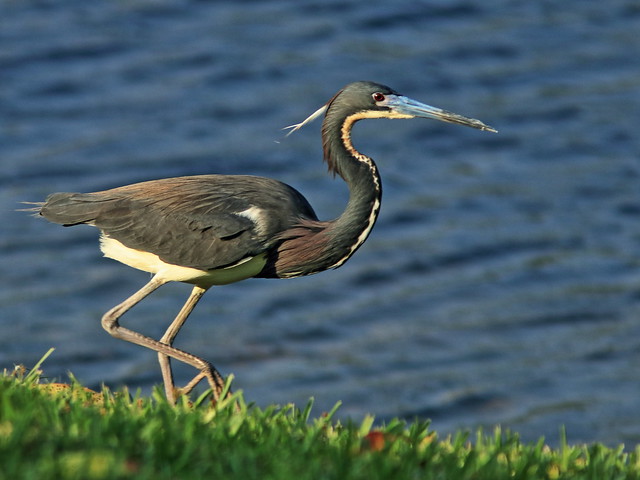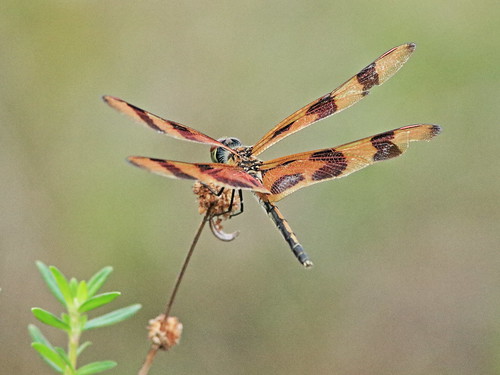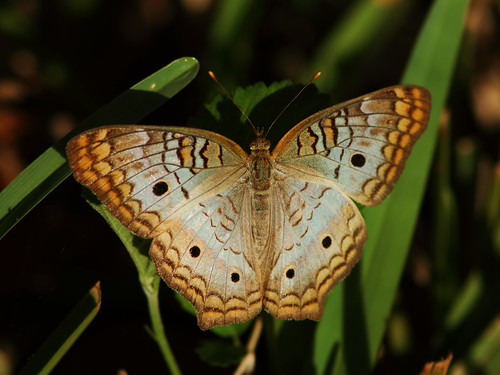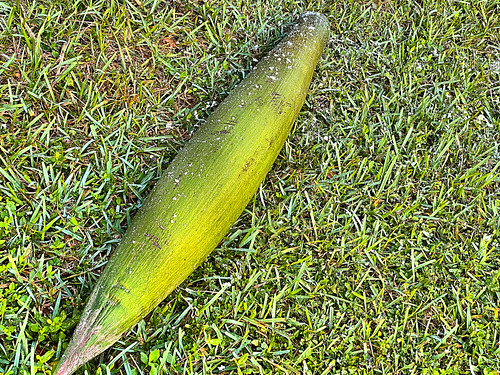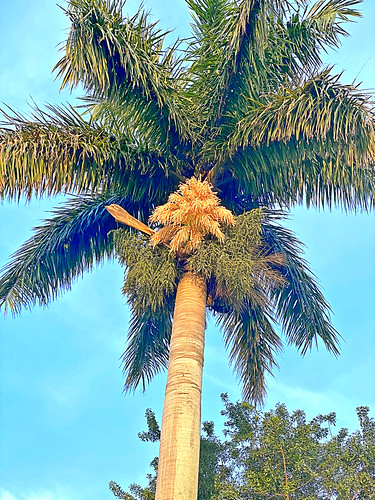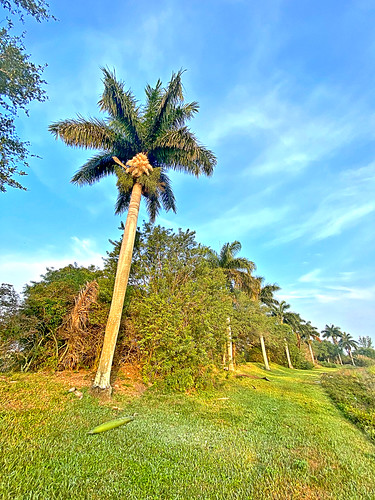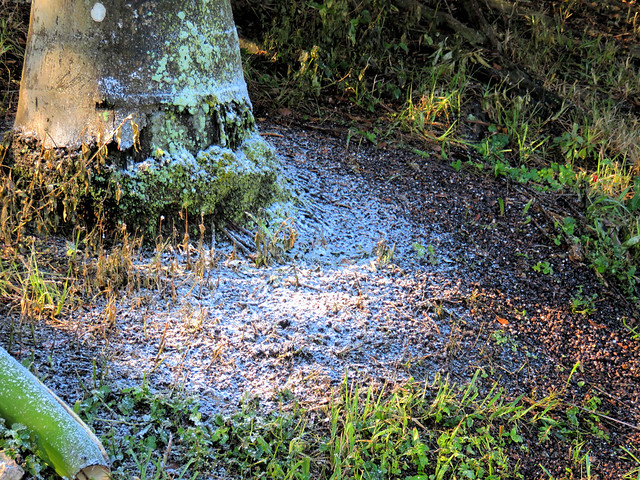However, when I reached 70 years of age I would not have liked being called "elderly," Those are folks who are frail and "really old." They probably were hard of hearing, all went to bed early, got up several times to pee, and were up and about well before the sun was shining. I'm now a mid-octogenarian but that's not me, not quite. Happy to say, I must have made a pact with the Devil when given a choice between losing my hearing or my water. I can still bird by ear!
My advice to older people, both as a physician and in retirement, as a US Forest Service volunteer interpreter on high-altitude trails, was that they should guard against heat stress and especially dehydration. MaryLou and I follow these instructions by venturing out on our morning walks while the sun is well below the horizon. Although she often gets home before sunrise, I carry water and walk back on the shady side of the path.
Encounters with nocturnal and crepuscular species are the rewards of early birding. More often they are heard but go unseen. This past week a pair of Eastern Screech-Owls stayed out late enough for me to take advantage of dawn's early light. The pair illustrated the two color forms of this species, gray and rufous.
Gray morphs are more common, present in more than 90% of Eastern Screech-Owls. I enjoyed capturing their varied postures:

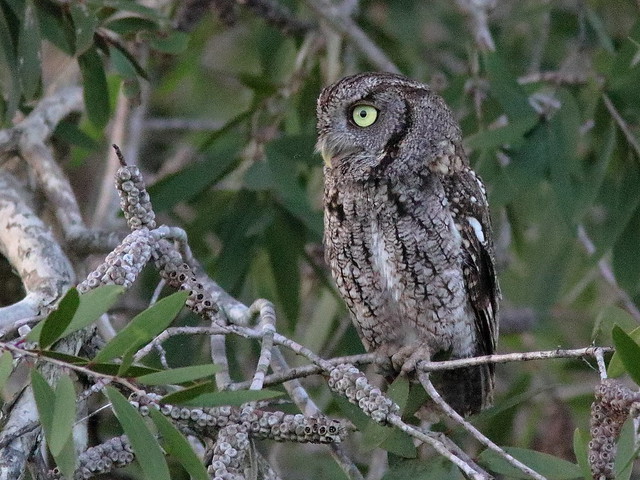

It was more difficult for me to see the rufous owl in the dim light. Indeed, in the dark, our eyes are less sensitive to red (high-wavelength) colors than to the the lower (blue) end of the spectrum. Perhaps this is the female of the pair, as rufous morphs occur more frequently in warm and moist climates and are more numerous in females:



Screech-owls are quite vocal and sometimes continue to call after sunrise. They may attack a human who approaches too close to their nest. I had one hit me in the forehead and another nearly carried off my hat as I was trying to locate their nest hole in a dead palm. As a kid I remember when screech-owls which nested in a neighborhood church steeple attacked womens' hats as they walked into church.
The Common Nighthawk, a species of Nightjar, seems to become more active during the half hour before sunrise. At least two pairs are defending nesting territories along our route. They circle overhead and dive down and pull up sharply to create a startling "boom."
This male nighthawk (distinguished by large white markings on its wings, throat and tail) swooped down so close to me that I could not fit him in the frame:

The female Common NIghthawk has smaller white patches, restricted to her wings:

This female Common Nighthawk was almost invisible as she sat on her eggs, eyes closed:

Two other Nightjar species are more nocturnal. I have identified them by voice but so far have had only fleeting sightings and no photos. The Eastern Whip-poor-will is a winter visitor, replaced in spring by the Chuck-wills-widow which breeds locally. This eBird bar chart depicts the weekly frequency of my local sightings of the three Nightjar species over the past ten years:

In mid-June, we walked out under the waning crescent of the Strawberry Moon:

I enjoy standing at the shore of the lake and just listening to the sounds of nature. With the COVID-19 lockdown in place it was much more quiet and peaceful-- few airplanes and greatly reduced traffic sounds. Sunrise occurs over the populated area, so its beauty competes with power poles:

Opposite the sunrise, the view over the placid lake and distant Everglades is subdued but colorful:


The red epaulets of a Red-winged Blackbird glow in the gloaming:

This is a Little Blue Heron "shot in the dark" before sunrise:

A Fish Crow is a silhouette even by day:

The morning rays catch the outstretched neck of a partially-hidden Green Heron:
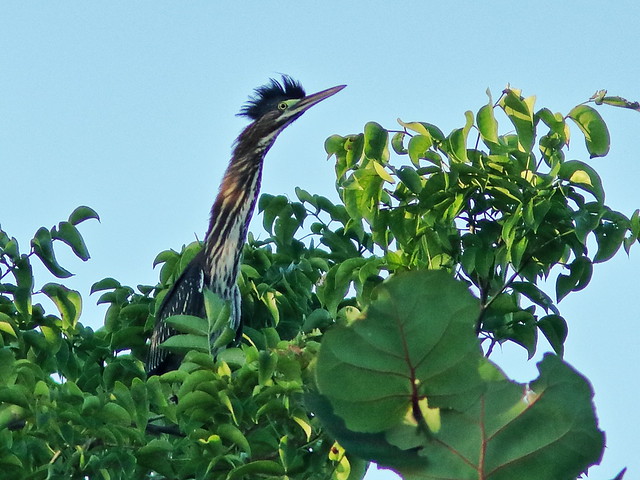
In our back yard, a dimly-lit Double-crested Cormorant hitches a ride on a decoy:

Lights, camera, action! A Great Egret reflects in front of a neighbor's fence:
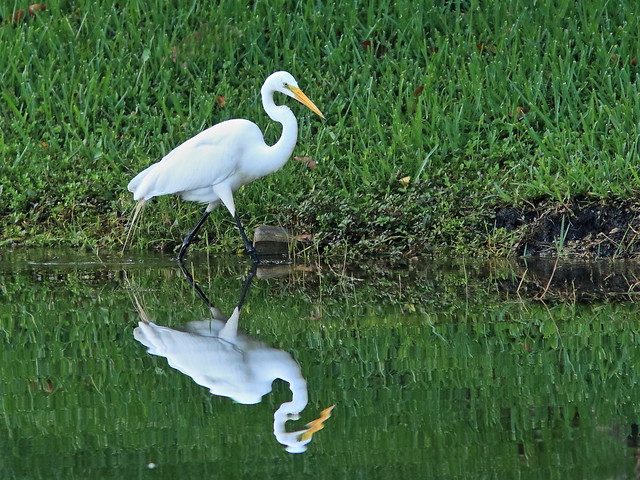
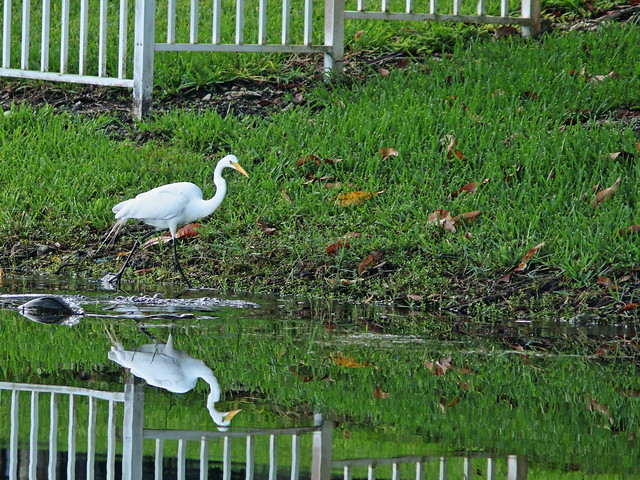
A tiny Dainty Sulphur brightens up a grubby spot on the ground:

= = = = = = = = = = = = = = =
Linking to:
Fences Around the World
Skywatch Friday
Weekend Reflections
Saturday's Critters
BirdD'Pot
Camera Critters
All Seasons
Wordless Wednesday (on Tuesday)
Our World Tuesday
________________________________________________
Please visit the links to all these posts to see some excellent photos on display
________________________________________________
